For Ehlers-Danlos Awareness month, we are prompted to share our paths to diagnosis for day fifteen.
It was a dreary winter day, normal and rainy like a typical December day in western Washington. But in an odd way, it was the best day of my life.
At age 52, I finally the diagnosis that explained everything. It’s been three very odd years since that day.
But let me take you back to the childhood of shadow memories. Those memories that get cloudier with each passing day.
I was a tiny child. Slender to the point of emaciated. People would tease me unmercifly. And I hurt. My chest and side hurt when I ran and my knees and ankles hurt when I turned them.
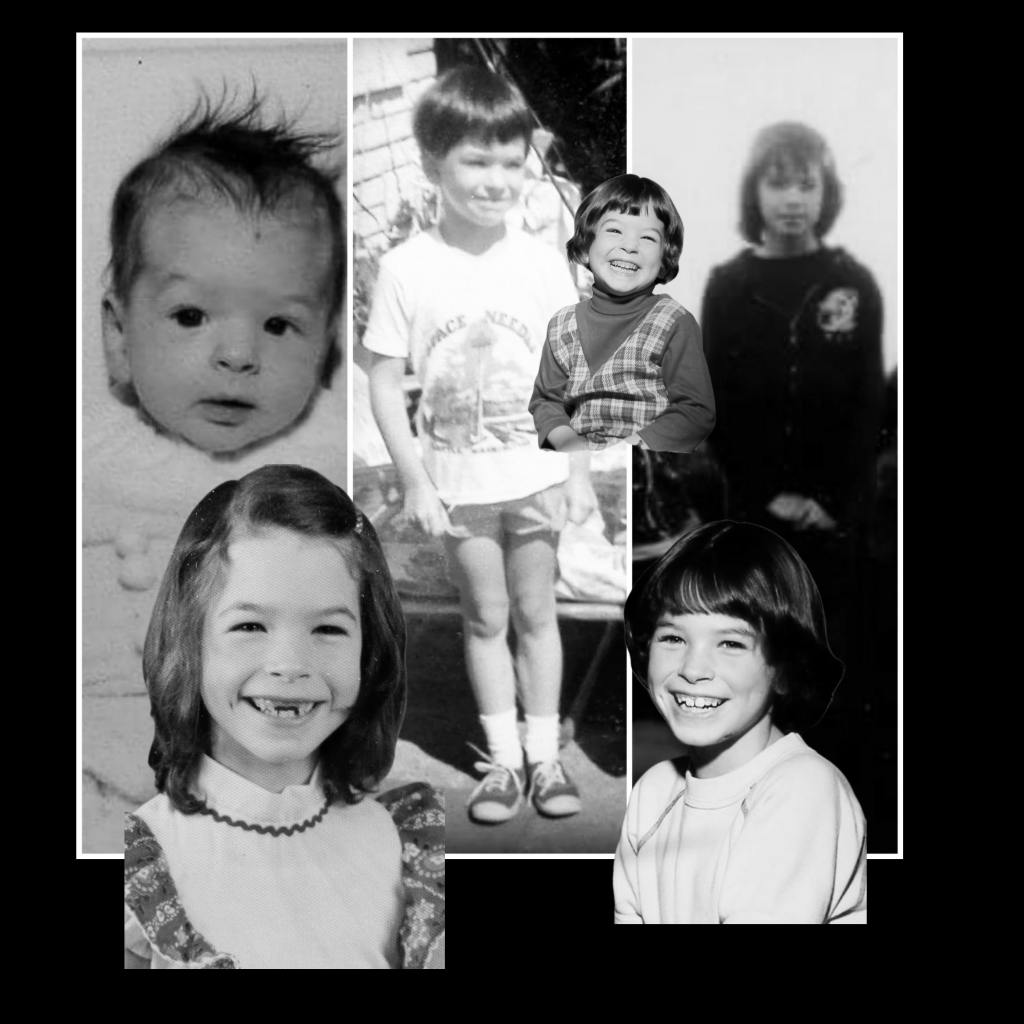
And I always was turning them.
The teasing was only slighte-ly satiated by the knowledge my father had been teased the same way. What I didn’t realize as a child was that was a clue to what I would eventually discover to be a genetic issue.
My father had a feeling his side was different as well. A lot of little things he wouldn’t ever be able to put a finger on, but he teased us that certain marks we shared with him delineated we were a different species.
He didn’t live to understand that zebras aren’t a different species of human, but we are genetically different from many.
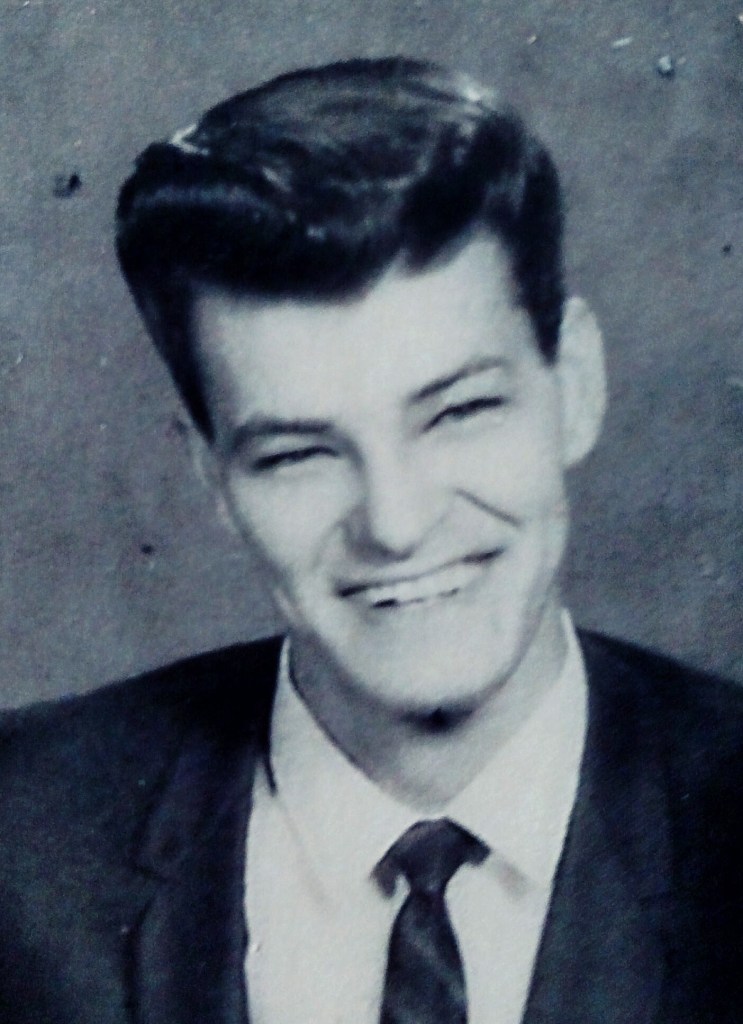
He was 54 when he gave up trying to find an answer for the physical and mental differences we share. Ironically or perhaps not, the very age that is the average for autistic people to max out. As well as being undiagnosed with Ehlers-Danlos, we believe him to have also been undiagnosed autistic.
I am 55 now. It’s been two and a half years since my diagnosis of Ehlers-Danlos Syndrome, and one year since my formal diagnosis of autism spectrum disorder. When I look back at the physical and mental signs and symptoms I displayed throughout my lifetime, the one defining factor was gaslighting.

No matter what my complaint was, I was rarely if ever listened to.
I remember going clam digging at the ocean when I was around 8 or 9. I remember prying my hand off the bucket handle. My hand was blue.
So many memories and partial memories of pain in a joint or my lower abdomen. My insides felt like they wanted to fall out.
I wasn’t hungry, until I was. I was starving, but nauseated by food that was touted as good for me. I was teased by family and friends alike for my scrawny bendy body.

As I grew up, I grew out. I was “developed to a fault,” as a line in a Tom T. Hall song described. And I was exploited for it.
After giving birth my third time, the next day I delivered my uterus into my birth canal. This was a significant sign that something was wrong with the way my body was put together.
Instead of getting answers, I was given limitations. My diagnoses began to stack up, without answers as to why.
I gave up many times during this process. I no longer desired to know why, I just wanted it all to stop. I wanted to forget that something was wrong with me. Maybe if I quit dwelling, it would go away. Maybe the doctors who said it was all in my mind were right?
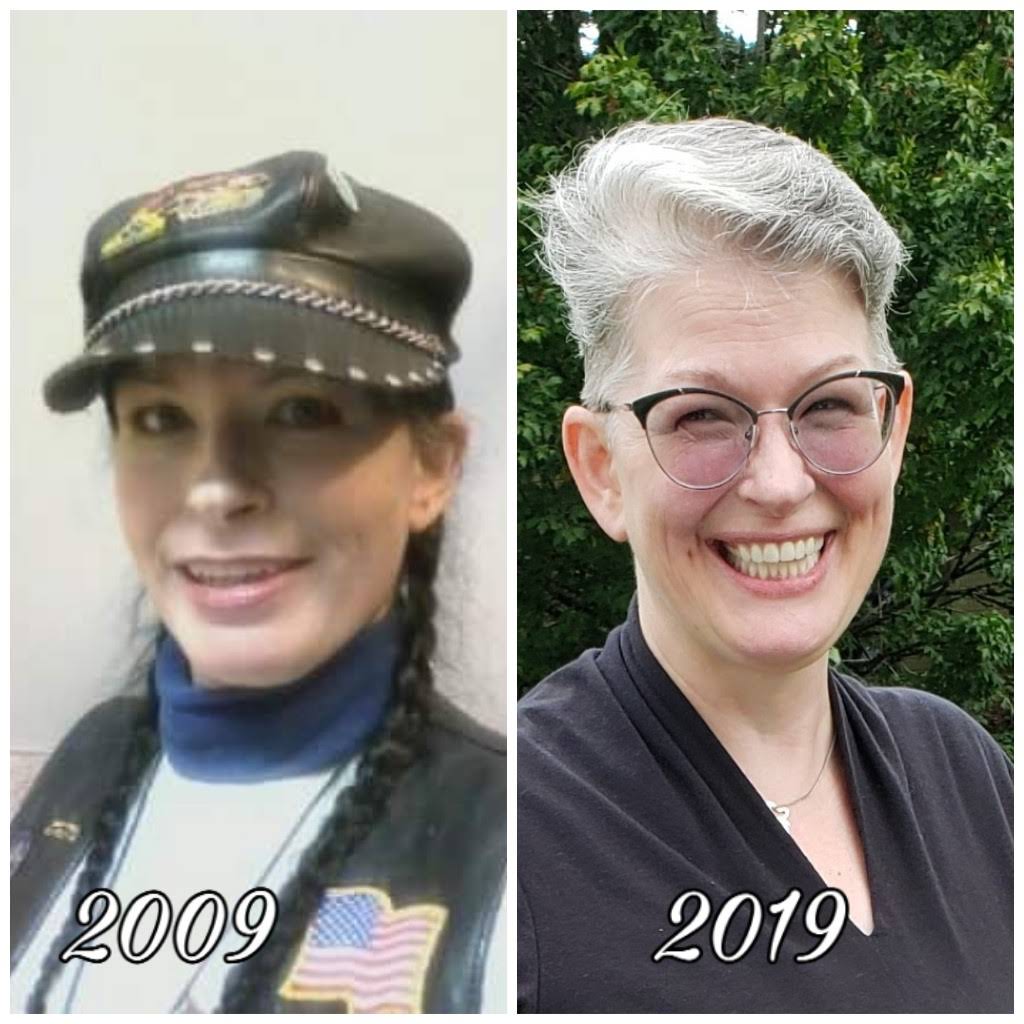
I retired from a state job on disability, yet the defining disability was a question. Everything hurt. But that wasn’t a diagnosis. My digestive system was in shambles, but no one could tell me why.
Instead, doctors prescribed fentanyl patches with percocet for breakthrough pain when the vicodin took my hearing.
The fentanyl patches were the doctor’s compromise with me when I refused to go on oxy for my own reasons. I’ve never been so thankful for one of my “unsubstantiated, irrational decisions.”
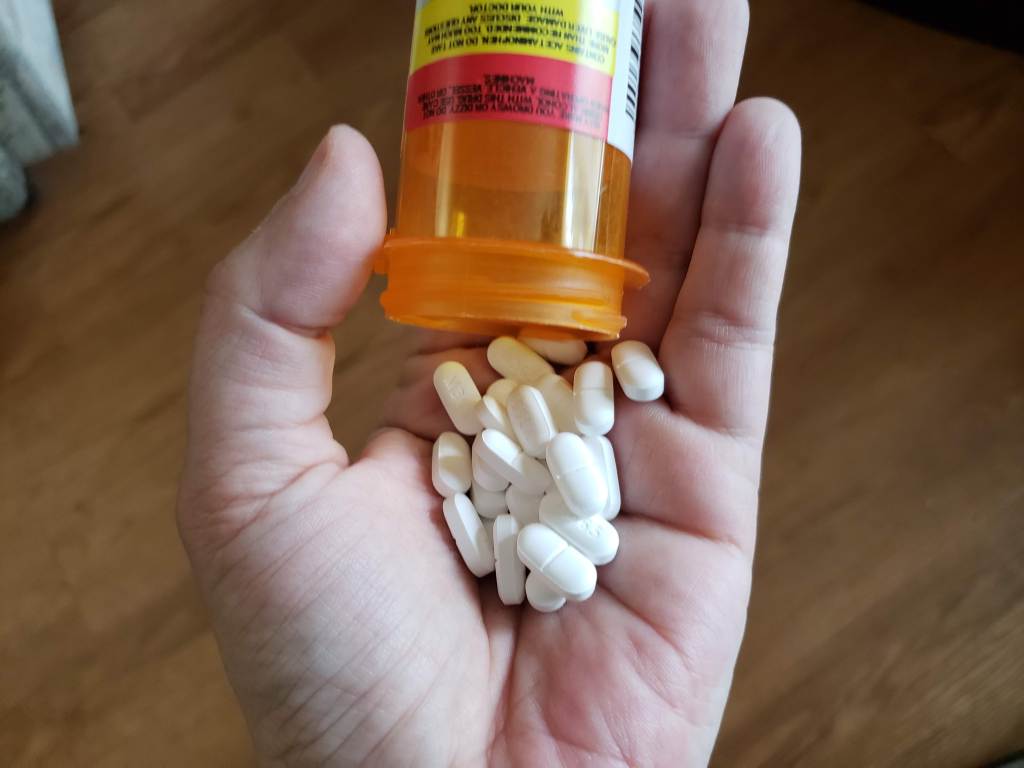
When I asked doctors to refer me to a pain clinic to get off of the narcotics in 2007, I was patently told that I would never be free of a “morphine-level pain relief.”
In 2008, my youngest child was graduating from high school and I made up my mind to do things differently from then on. I went to a a doctor at a hotel meeting room with a stack of my medical records and was given my first piece of paper that allowed me an affirmative defense if I was ever caught with cannabis.
That was the beginning of my medical cannabis journey. A year later, in August of 2009 after having been prescribed fentanyl for seven years, I was discharged without notice by my prescribing doctor. When I attempted to seek care at the local ER I was treated like a heroin addict.
No one was taking new Medicare patients at the time. When I called around, I was told each office had a quota of Medicare patients, and I had to wait until someone on their caseload died.
I went off fentanyl cold turkey. It almost killed me. I was transported to the hospital with a BP of 55/30 and given fluids and (ironically) a medication that would lower my blood pressure and “help me through” withdrawals. There were no beds available in any detox center.

For several years after getting off of fentanyl and percocet, I was fairly stable on my herb of choice. When I was able to have a stable supply-which was rarely.
In July 2017, I incurred the beginning of a antibiotic injury. I was floxed with several courses of fluoroquinolone antibiotics (Levofloxacin) combined with prednisone. I was left in pain and brain fog and so many other symptoms I can’t even describe.
But I wanted answers. The easter egg of answers kept popping up in journal articles pertaining to this antibiotic injury. The words “connective tissue disorder” haunted my studies about fluoroquinolone antibiotics in search of answers.
In October 2019, a day before my 53rd birthday, my primary care doctor agreed with my dillegent research and referred me to a rheumatologist at University of Washington’s Harborview clinic.
In December 2019, after over 50 years of living in this genetically defective body, I was diagnosed with Ehlers-Danlos Syndrome. Due to my age, I didn’t qualify for a genetics referral (I’m far past the age of childbearing), but I hope one of my decendants will be able to get a definitive diagnosis of the type we carry.
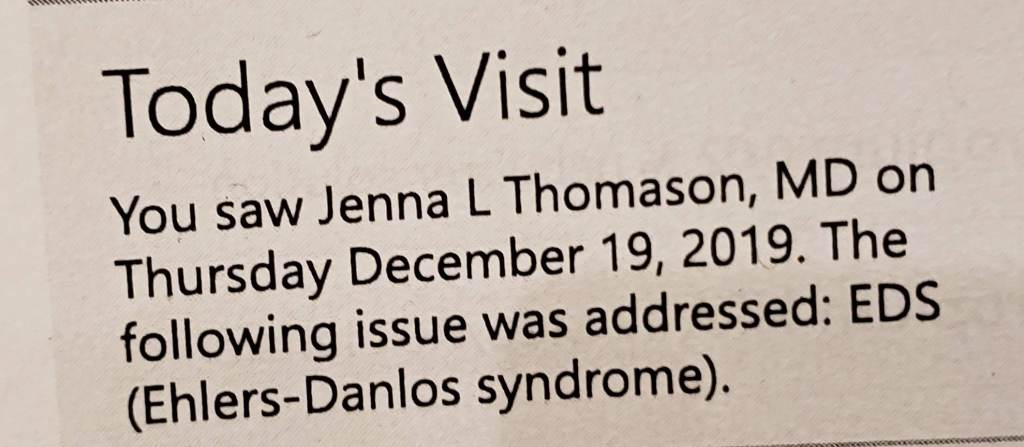
As an aside, my diagnostic journey was not over in 2019. In 2021, I recieved my diagnoses of Autism, OCD and Sensory Processing Disorder, then this year I was told by my primary care provider that she believes the fibromyalgia that the rheumatologist added to my chart in April is due to the antibiotic injury. Apparently the progression is becoming more apparent as more of us sustain these injuries.
I long for a day when we are tested at birth to help hook our parents up with the supports we will need throughout our lives. This is one part of ensuring the coming generations can live their best zebra lives.


2 thoughts on “My Path to Diagnosis”